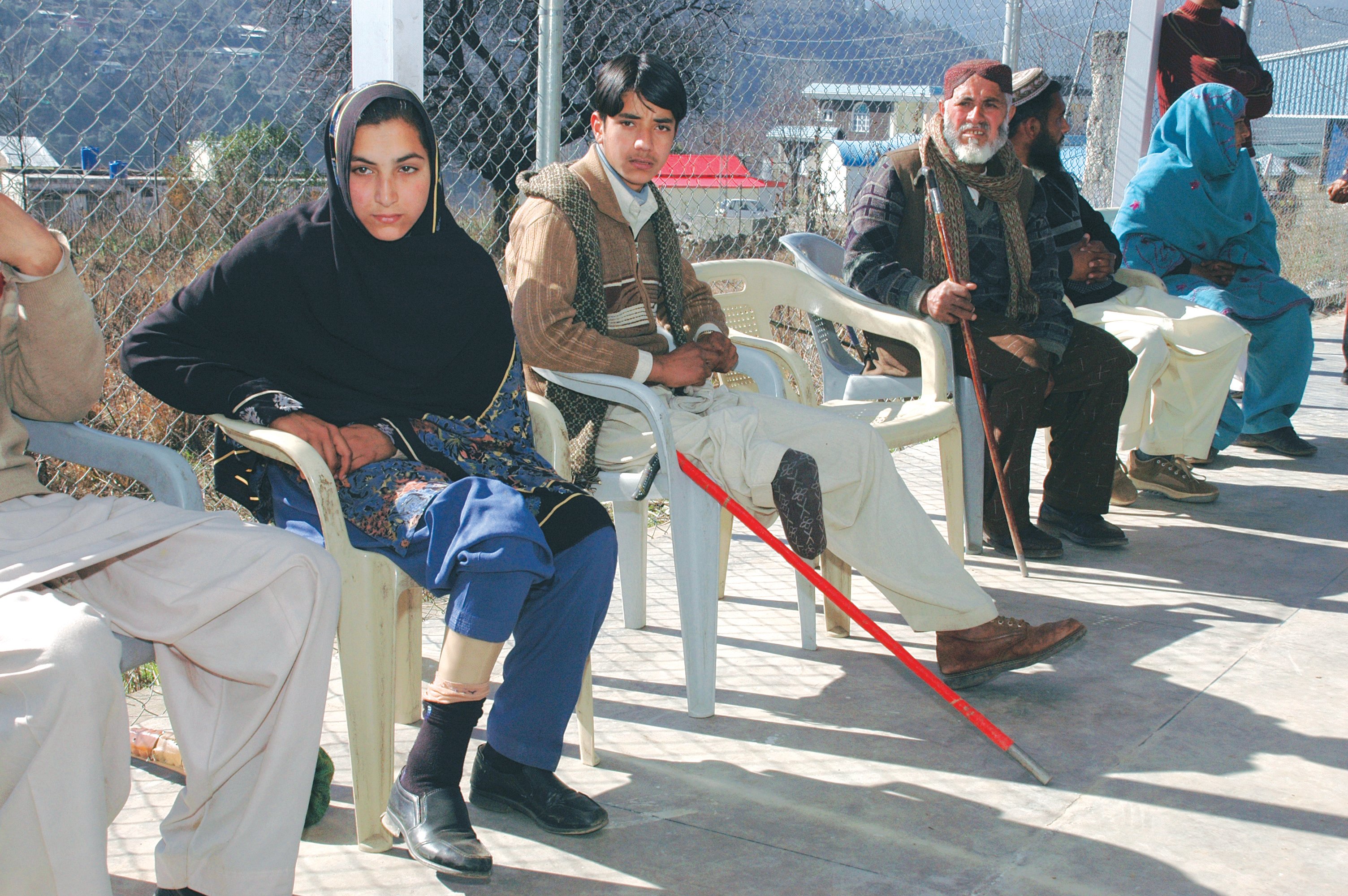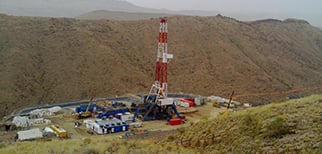Post-disaster Rehabilitation
Due to environmental factors, especially Climate Change, natural disasters have become a regular feature across the globe, wreaking havoc on people and infrastructure. Natural disasters can become particularly destructive and grave for countries such as Pakistan, where preparedness and mitigation are not streamlined.
This was clearly evident from the heavy toll on human life and property claimed by the earthquake that struck Khyber Pakhtunkhwa and Azad Jammu and Kashmir on October 8, 2005 or the floods that began in July 2010, sweeping the country and affecting millions of lives.
Generous donations provided by individuals and local or foreign organizations facilitated first-aid and relief work in the immediate aftermath of the disaster. But long-term rehabilitation strategies is often not given due importance. As a result, affectees take longer, if at all, to revert back to normal life. Moreover, organized efforts to plan and mitigate future disasters in light of lessons learned remain negligible at best.
In times of national emergencies, Pakistan Petroleum Limited (PPL) has always come forward to give generous donations in cash and kind to victims of disaster-hit areas. Following the 2005 earthquake, the company moved a step forward by assisting rehabilitation efforts so that affectees can once again become productive members of society.
Similarly, after generous donations for floods in 2010, PPL is implementing a rehabilitation programme for victims, residing in select union councils around PPL's Kandhkot Gas Field in District Kashmore, whose lives and livelihoods were literally washed by the floodwaters.
The company continued its support for affectees of repeated floods during 2011 and 2012 in Sindh and Balochistan and victims of earthquake in 2013.










